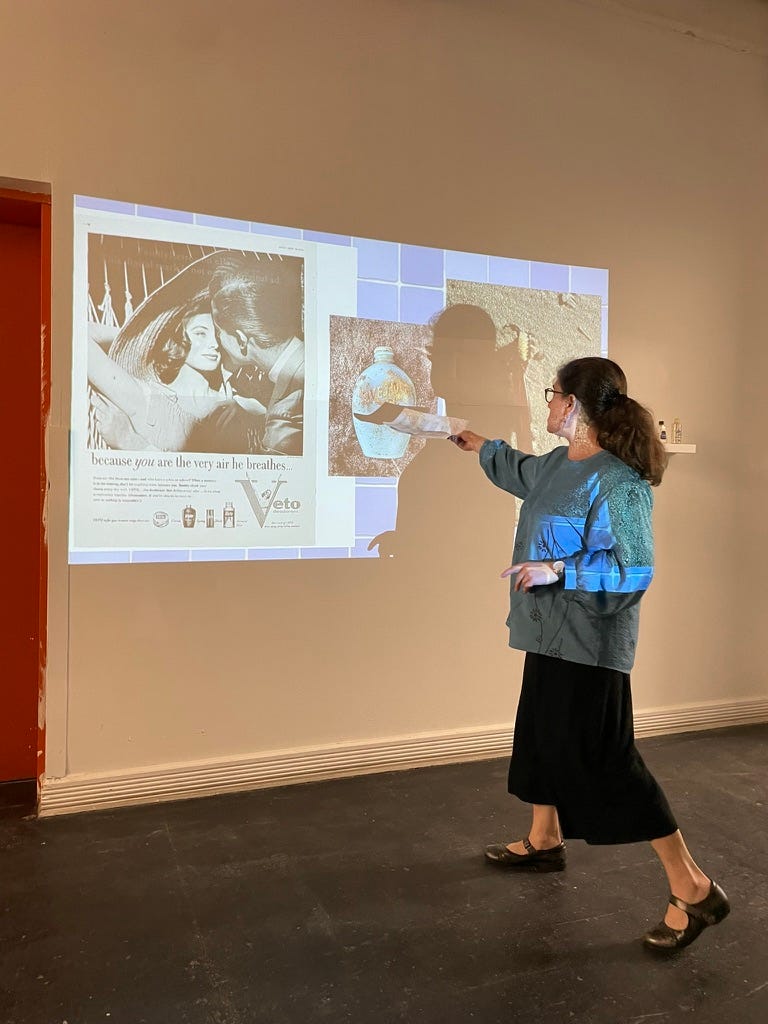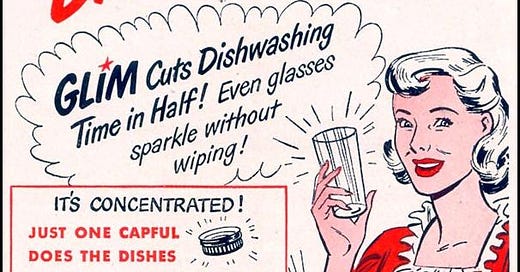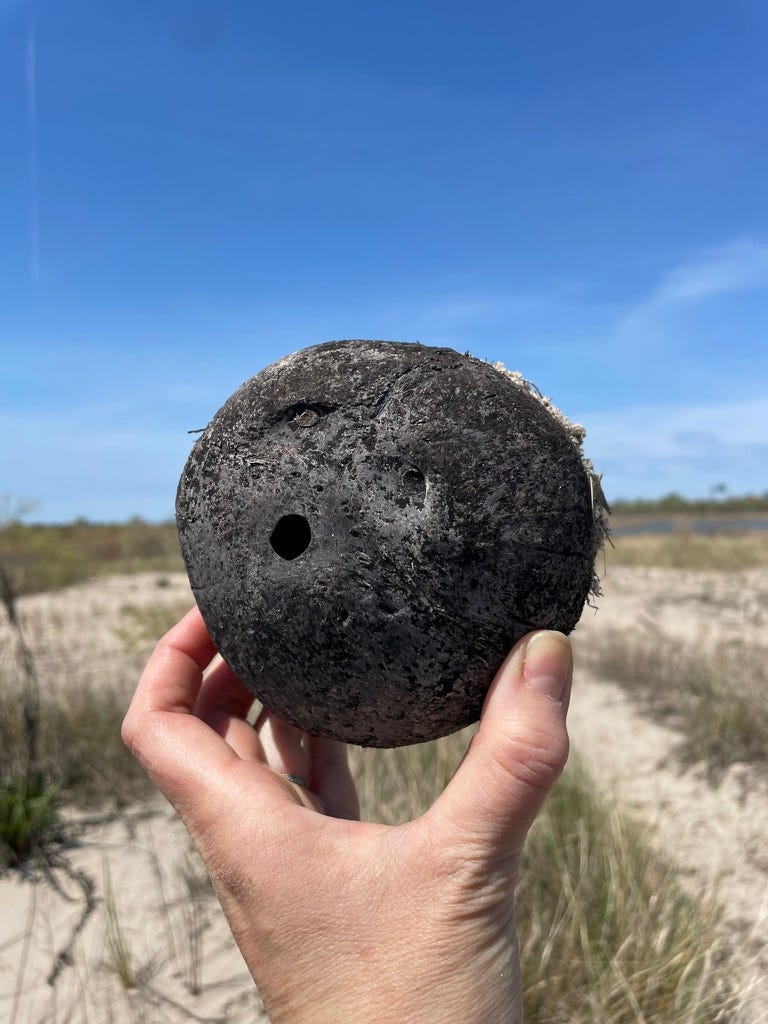The Past Isn’t Lost—It’s Just Waiting to Be Found
When objects and curiosity collide, New York becomes the best classroom of all.
A couple of weeks ago, I was thrilled to have the opportunity to hear NYC school teacher and historian Miriam Sicherman speak about Barren Island and Dead Horse Bay. So much of what she shared resonated with me, but one thing stood out: “History is boring. But learning about History through objects is fun.”
Her statement brought back memories of studying for tests in my history class in high school. I hated it. Memorizing dates and names unfamiliar to me was difficult and turned me off to the subject. Yet as I grew older, I found myself reading lots of historical fiction—now my favorite book genre—and learning about the past through characters and their lives was fascinating.
In addition to studying the history of Barren Island, Miriam does an incredible project with her public school elementary class called Closet Archeology every year. The school she teaches in is over 100 years old, and in 2015, a boy in her class discovered a crack in the closet and pulled out artifacts left behind decades ago.
That discovery led her students to find and contact Alan Lederman, who was then living in Florida, and meet his brother, a retired horse race track announcer. The men spoke about their memories from school, including the fact that they went home to have lunch each day—something today’s students couldn’t fathom.
Below is a photo of Miriam sharing a photo of a bottle of spray deodorant she found on Dead Horse Bay. That discovery led her to research the History of introducing and advertising deodorant, which, at first, was marketed only to women because “you are the very air he breathes.” At that time, if men used deodorant, they were considered a “sissy.” Men were supposed to smell natural, not fresh and clean. Can you imagine what the subway must have smelled like back then?

There are so many things I love about New York City, and experiences like these make me appreciate that every weekend—actually every day—there’s something new to learn.
Over the past few years, my daughter, who attends public school on the Upper East Side, has come home with objects that teach her things I didn’t know when I was in first grade. Red envelopes are filled with cash for Chinese New Year and shared with friends for good luck and prosperity. A bag of dried fruit and nuts for Tu BiShvat, the Jewish New Year of Trees celebrates people’s connection to humanity and nature.
Recently, I went for a walk at Plumb Beach in Jamaica Bay and found a coconut that seemed very out of place for New York City. I recalled seeing coconuts on other beaches in the area and took a photo to remind myself to research why I might be seeing these on the beach.
It turns out coconuts are often used in Hindu rituals which to complete, require pilgrims to give the objects including coconuts, flowers, cut limes, and clay bowls to the water for the gods.
Hindus must go to the shore and leave offerings to Mother Ganga, the goddess of the river, to show respect and ensure blessings in this life and the next. —The New York Times
Perhaps that’s also why I saw this beautifully sun-dried flower in the sand.
Every object has a story, and in a city like New York, the sidewalks, beaches, and even school closets are filled with them. These tangible traces of the past remind us that History isn’t just something to memorize—it’s something we can touch, question, and consider, provided we always carry a little curiosity with us.
Words of the Week
“Every object tells a story if you know how to read it.” — Henry Ford
Photo of the Week

This is a photo of my daughter studying a trio of glass bottles salvaged from the shores of Dead Horse Bay. The bottles are old and weathered, their original labels long since erased by time and tide. But artist Karen Mainenti has given them new life, hand-painting historically accurate labels back onto them: Windex, Joy, and one I’d never heard of—Glim, a mid-century cleaning product that was “Kind to hands as beauty soap.”
It’s a small, striking reminder of the stories that live inside the most mundane objects. A bottle of dish soap isn’t just about clean plates—it’s about advertising trends, gender norms, and the quiet labor of everyday life. Karen’s work reanimates these artifacts, inviting us to see not just what they were, but what they meant.











So beautifully written and heartfelt. I love historical fiction too. 💕💕💕💕
Reading this made me so happy and reminded me why I love teaching AP Art History. 🤓🌈